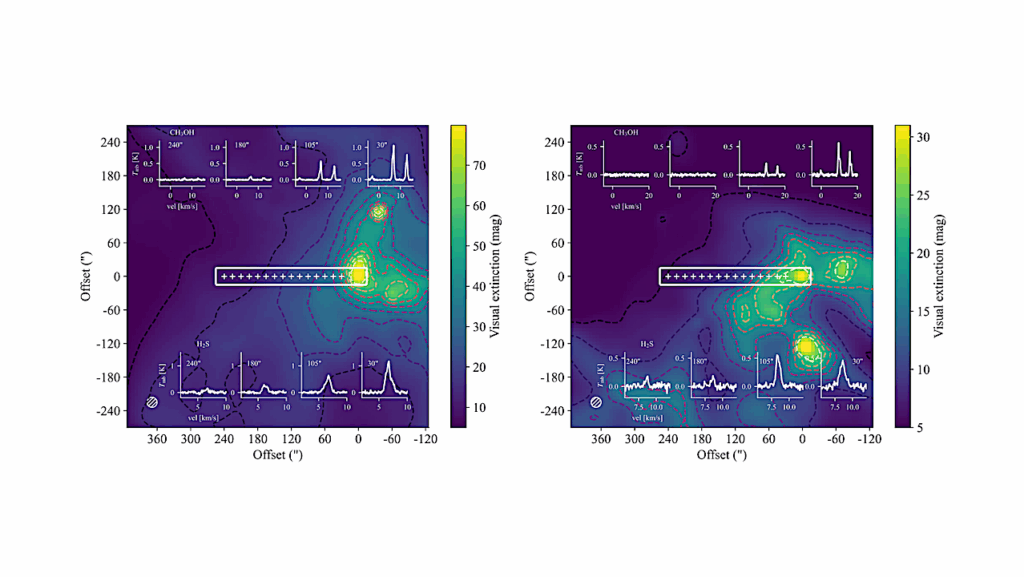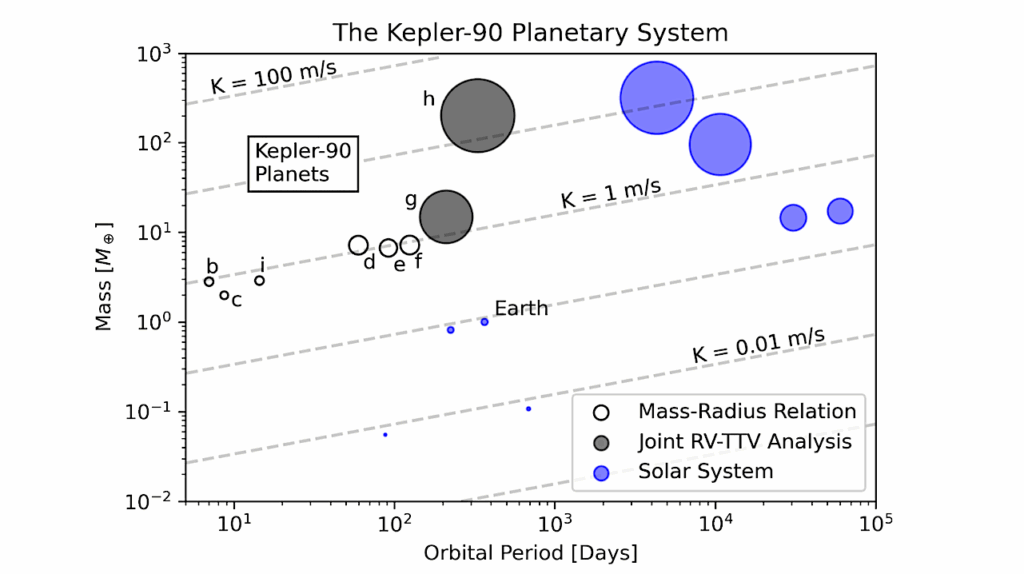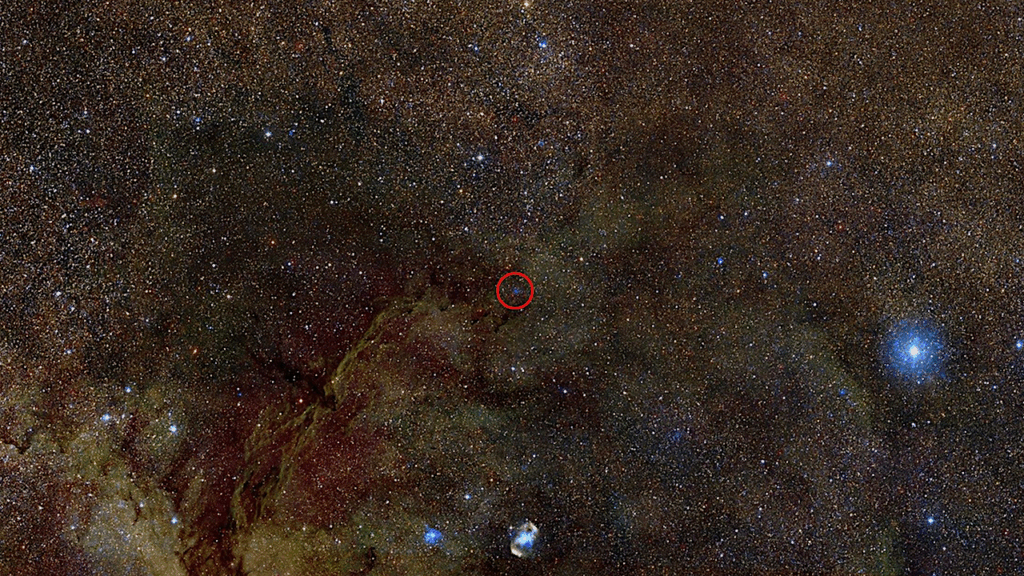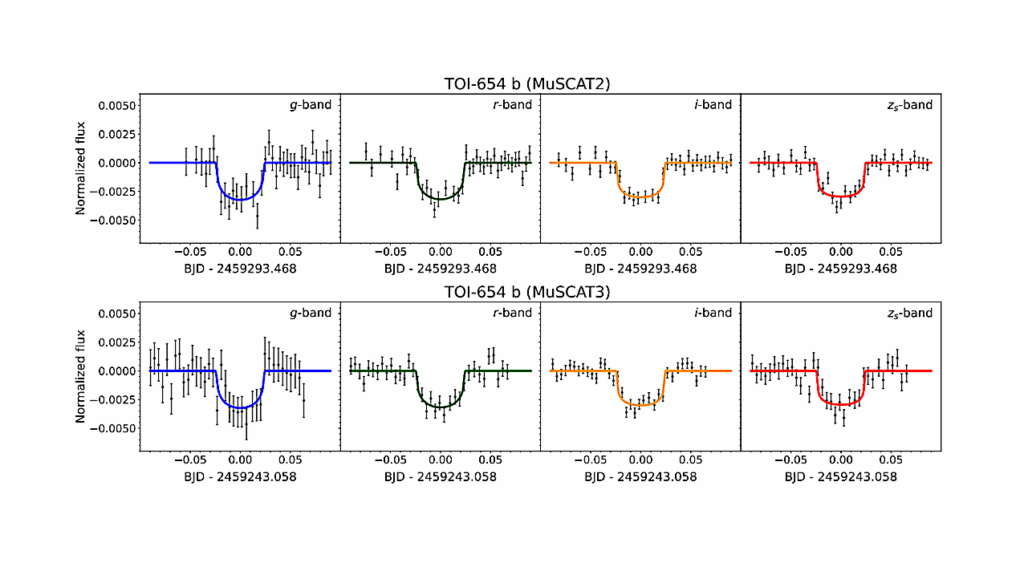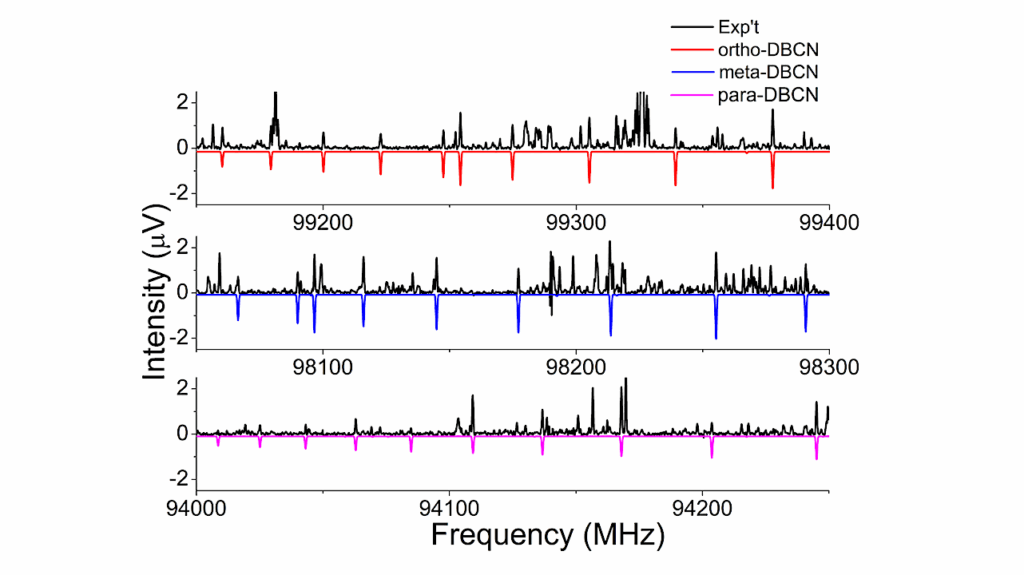Detecting Land With Reflected Light Spectroscopy To Rule Out Waterworld O2 Biosignature False Positives

The search for life outside our solar system is at the forefront of modern astronomy, and telescopes such as the Habitable Worlds Observatory (HWO) are being designed to identify biosignatures.
Molecular oxygen, O2, is considered a promising indication of life, yet substantial abiotic O2 may accumulate from H2O photolysis and hydrogen escape on a lifeless, fully (100%) ocean-covered terrestrial planet when surface O2 sinks are suppressed.
This so-called waterworld false positive scenario could be ruled out with land detection because exposed land precludes extremely deep oceans (~50 Earth oceans) given topographic limits set by the crushing strength of rocks.
Land detection is possible because plausible geologic surfaces exhibit increasing reflectance with wavelength in the visible, whereas liquid water and ice/snow have flat or decreasing reflectance, respectively.
Here, we present reflected light retrievals to demonstrate that HWO could detect land on an exo-Earth in the disk-averaged spectrum. Given a signal-to-noise ratio of 20 spectrum, Earth-like land fractions can be confidently detected with 0.3-1.1 um spectral coverage (resolution R~140 in the visible, R~7 in the UV, with Earth-like atmosphere and clouds). We emphasize the need for UV spectroscopy down to at least 0.3 um to break an O3-land degeneracy.
We find that the SNR and resolution requirements in the visible/UV imply that a larger aperture (~8 m) will be necessary to ensure the observing times required for land detection are feasible for most HWO terrestrial habitable zone targets. These results strongly inform the HWO minimum requirements to corroborate possible oxygen biosignatures.
Anna Grace Ulses, Joshua Krissansen-Totton, Tyler D. Robinson, Victoria Meadows, David C. Catling, Jonathan J. Fortney
Subjects: Earth and Planetary Astrophysics (astro-ph.EP)
Cite as: arXiv:2506.21790 [astro-ph.EP] (or arXiv:2506.21790v1 [astro-ph.EP] for this version)
https://doi.org/10.48550/arXiv.2506.21790
Focus to learn more
Submission history
From: Anna Grace Ulses
[v1] Thu, 26 Jun 2025 22:12:38 UTC (1,517 KB)
https://arxiv.org/abs/2506.21790
Astrobiology,


